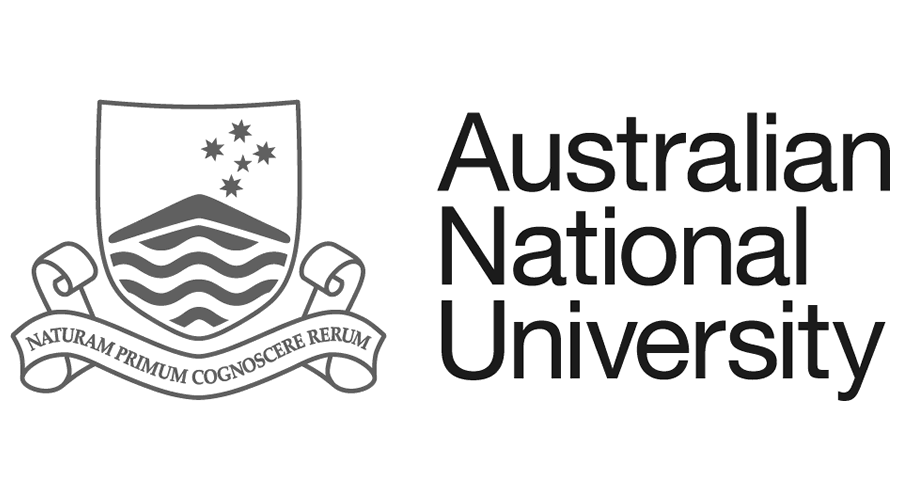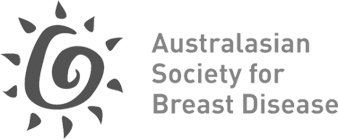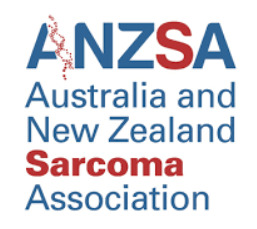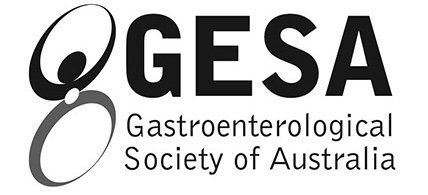EXCISIONAL BREAST BIOPSY AND AFTERCARE
What are the indications for an excisional biopsy?
Excisional biopsy, also known as an open surgical biopsy, is a surgical procedure to remove an area of abnormality in the breast. Unlike surgery for breast cancer, the procedure aims to remove only the area of abnormality without a rim of normal tissue.
Excisional biopsy is indicated when there is an abnormal area in the breast and fine needle or core biopsy is not possible or has given an inconclusive result. Occasionally, a patient may choose to have a benign lesion removed rather than continue surveillance.
How is an excisional biopsy performed?
A guidewire may be required to localise an abnormal area in the breast that can be seen on imaging but cannot be felt clinically. The guidewire, a tiny wire similar to a fishing line, is inserted by a radiologist a few hours before the operation at the radiology practice. The abnormal area in the breast is identified with a mammogram or ultrasound. Local anaesthetic is given and the wire is inserted under the guidance of the mammogram or ultrasound. Sometimes, more than one wire is required. After the wire has been inserted, a mammogram is often performed to check the position of the wire. The wire is then taped in place and you will be transferred to the operating theatre.
The excisional breast biopsy is performed under general anaesthesia. A small incision is made in the skin of the breast and the area of abnormality (along with the wire) is removed. An x-ray or ultrasound of the tissue is performed to confirm the abnormal area is within the removed tissue. The incision is closed with dissolvable sutures. The operation takes around 60 minutes.
What are the risks of excisional biopsy surgery?
All surgery has risks despite the highest standard of practice. The following possible complications are listed to inform not to alarm. There may be other complications that are not listed.
- Bleeding
- Infection
- Scarring
- Seroma, a build-up of fluid in the cavity where the tissue has been removed. Sometimes it can cause a swelling and the fluid may need to be removed with a needle and syringe.
- Failure to remove the abnormal area. In about 2% of cases, the abnormal area is not found in the tissue removed during the operation. There are a few technical reasons why this can happen. You may need further surgery.
What is the expected recovery after excisional biopsy surgery?
There are only a few but important things to take care of for the excisional breast biopsy aftercare.
Hospital Stay
Most people go home on the day of surgery. It is recommended that you be accompanied home by a carer who will stay with you (or very close by) for the first 24 to 48 hours.
Wound Care
Your excisional biopsy wound is closed with dissolvable sutures and skin glue and covered with a waterproof dressing. Remove your dressings in 2 weeks - your wounds should be healed by then and you do not need further dressings. You can massage your scar at 3 weeks using a plain moisturiser with firm circular motions for at least 10 minutes twice a day.
Bras
You may feel more comfortable wearing a supportive wire-free bra or crop top for the first few days.
Driving
You should not drive for at least 24 hours after general anaesthesia.
Physical Activity
You are encouraged to do as much walking as is comfortable. Avoid activities that create a lot of ‘breast bounce’ for 4 weeks.
















